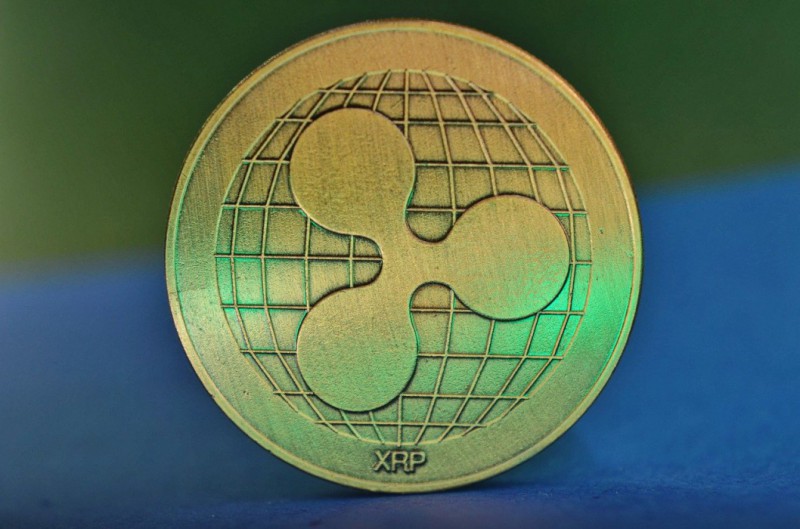The payments challenger: Ripple was founded in 2012 in San Francisco. It is primarily a protocol that allows digital payments between financial institutions. It therefore allows money transfers through blockchain technology using a digital currency that aims to offer fast and secure transactions. The inspiration of its leaders, Jed McCaleb and Chris Larsen, comes straight from the inevitable Bitcoin. On the other hand, if the crypto queen wants to be completely decentralized, this is less true for Ripple.
Indeed, a large part of the tokens in circulation is reserved for large customers and institutions. Thus Ripple has a significant control over the monetary issuance policy of the token in question, which is not the case for Bitcoin for example. The decentralized philosophy advocated by Bitcoin cannot be completely duplicated by Ripple. It offers a solution that provides a protocol, via the blockchain, for exchanging assets and sending funds for payment settlement, in other words, it competes directly with the SWIFT protocol.
Due to its seniority, Ripple has collaborated with banking giants such as American Express, BBVA, Crédit Agricole, HSBC.... But, as mentioned before, from a decentralization point of view, it has a bad press. Indeed, very few validators are allowed to operate because it is the Ripple company that chooses them.
Features:
The digital currency of the platform is XRP. The Ripple protocol aims to serve as a "bridge" between two currencies. Typically it is used to transfer money from an account "A" based in a country "1" to an account "B" in a country "2". Thus the company has set up 2 fees: gateway and transaction. A large number of operations can be carried out on Ripple while being able to claim a great speed of execution of the transactions. Ripple is based on a consensus called "Proof of Correctness" (PoC) allowing to validate transactions thanks to a voting system.
...

 Google
Google
 Apple
Apple
 RIPPLE (XRP/USD)
RIPPLE (XRP/USD) 







